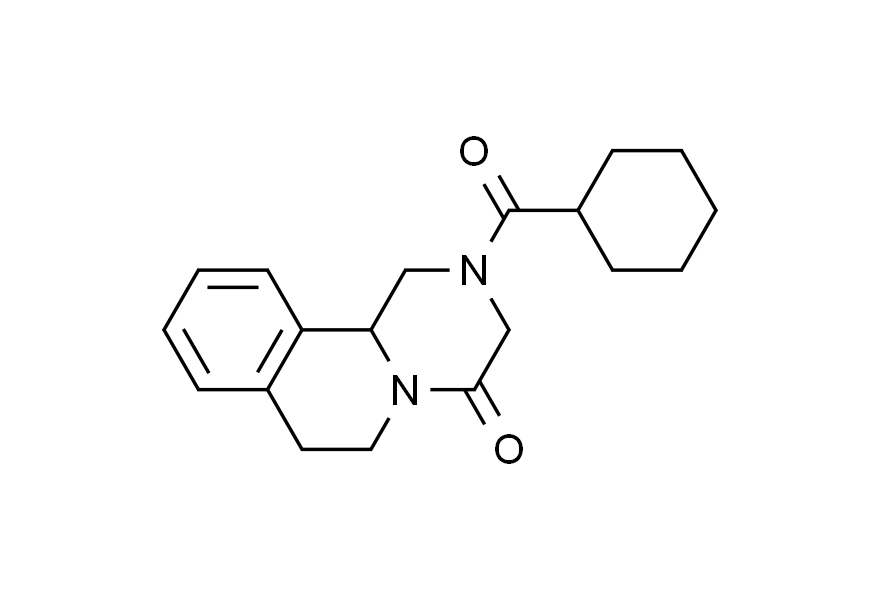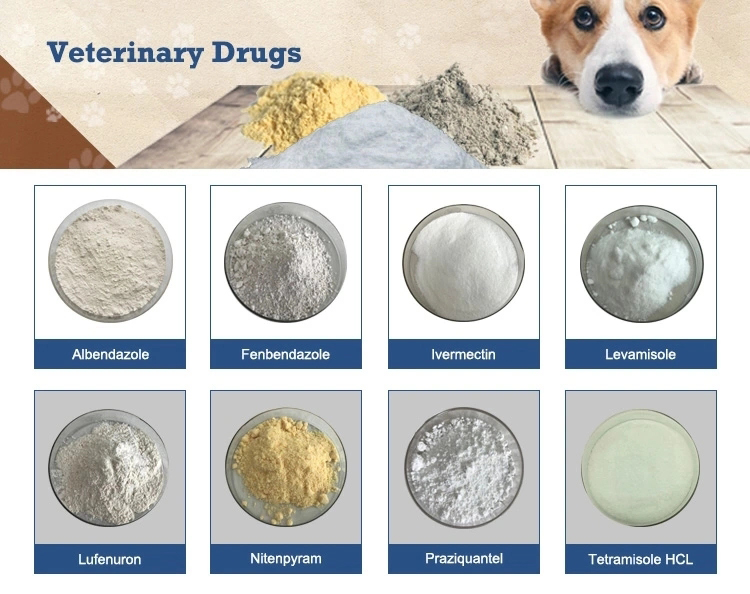Praziquantel is a medication commonly used to treat parasitic infections caused by schistosomes and certain types of tapeworms. It is available in various forms, such as tablets or oral suspension, and its dosage may vary depending on the specific parasitic infection being treated. Below are the typical materials and methods associated with the use of praziquantel:
Materials of Praziquantel:
Praziquantel Medication: This is the active pharmaceutical ingredient used to treat parasitic infections.
Dosage Form: Praziquantel is available in tablet form, and occasionally, as an oral suspension. The specific dosage form will depend on the patient’s age and condition.
Prescription or Medical Guidance: Praziquantel is a prescription medication, so it’s essential to have a healthcare provider’s prescription and guidance for its use.
Clean Water: It is often recommended to take praziquantel tablets with a full glass of water to aid in swallowing and absorption.

Methods of Praziquantel:
Consultation with a Healthcare Provider: The first step in using praziquantel is to consult with a healthcare provider who can diagnose the parasitic infection and prescribe the appropriate dosage and treatment regimen.
Dosage Determination: The dosage of praziquantel varies depending on the specific parasitic infection and the patient’s age, weight, and other factors. Your healthcare provider will determine the appropriate dosage.
Administration: Praziquantel tablets are typically taken orally with a full glass of water. It is important to follow the prescribed dosage and instructions for taking the medication.
Food: In some cases, praziquantel may be taken with food to reduce the risk of stomach upset. Your healthcare provider will advise on whether it should be taken with or without food.
Timing: The timing of praziquantel administration may vary depending on the specific infection. It is essential to follow the prescribed schedule.
Compliance: It’s crucial to complete the full course of praziquantel treatment, even if you start to feel better before the medication is finished. Stopping treatment prematurely can lead to the development of resistance.
Monitoring and Follow-Up: Patients should be monitored for any side effects or adverse reactions during and after the course of praziquantel treatment. Follow-up appointments with a healthcare provider may be necessary.

Hygiene and Preventive Measures: In addition to taking praziquantel, it’s important to practice good hygiene and take preventive measures to avoid re-infection with the parasitic organisms. This may include avoiding contaminated water sources and practicing proper sanitation.
Storage: Store praziquantel medication as directed on the packaging, typically at room temperature and away from moisture and heat.
It’s crucial to remember that praziquantel is a prescription medication, and its use should be closely supervised by a healthcare provider to ensure its safety and effectiveness in treating parasitic infections. Never self-diagnose or self-prescribe this medication. Always follow the guidance of a medical professional.
